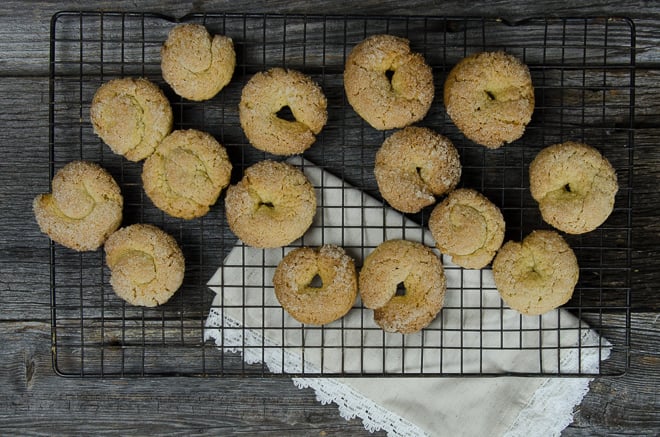
Einkorn, an ancient grain, and the first wheat cultivated along the plains of western Asia, is my favorite grain for baking and I bake with it readily in my kitchen – using it for homemade breads, pies, pastries, and cookies. Its sweet nutty flavor and a characteristic golden crumb, owing to its high carotene content, are two of the reasons why I’ve come to love it.
While a nostalgic romanticism no doubt plays into my love of ancient and heirloom wheat like einkorn, there are other factors too as einkorn is richer in beta carotene and lutein than modern kinds of wheat, and its gluten profile also differs from the gluten found in modern wheat. For this reason, it bakes differently and needs a slightly different hand and touch than modern varietals.
Einkorn is an original wheat: it’s not hybridized, and it’s akin to wild grains and native grasses – harder to grow, less efficient to harvest and process into usable wheat berries and flour.

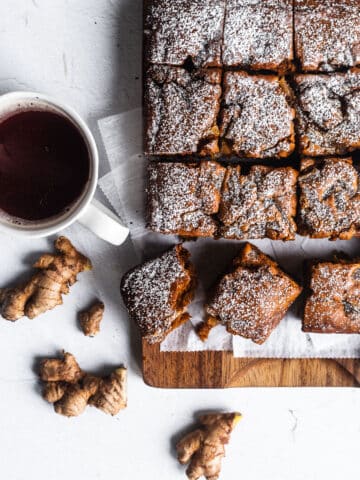
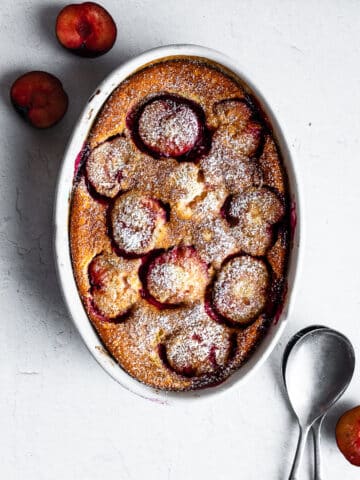
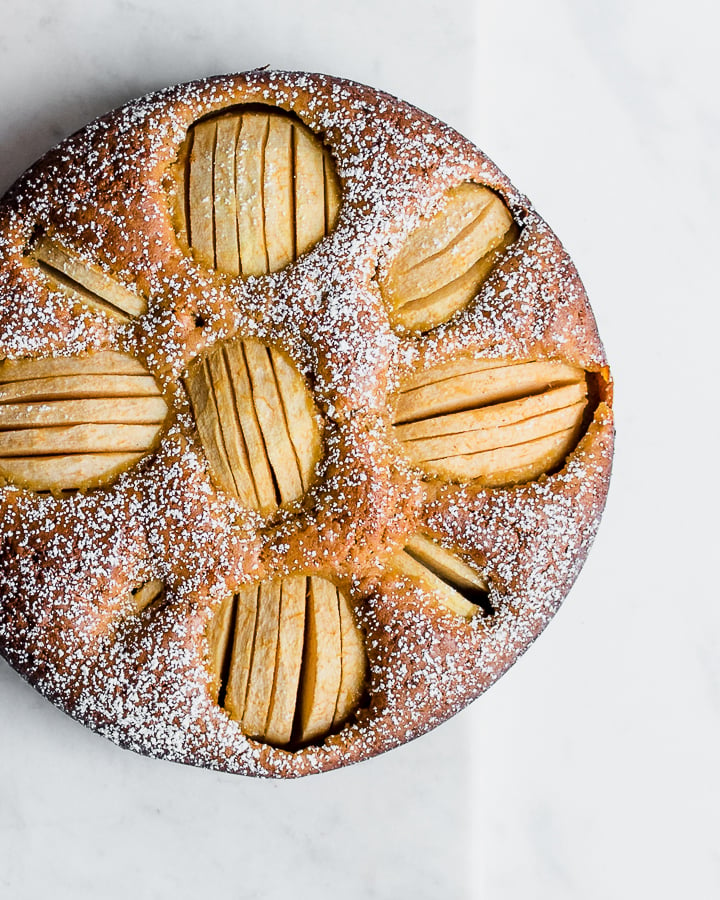
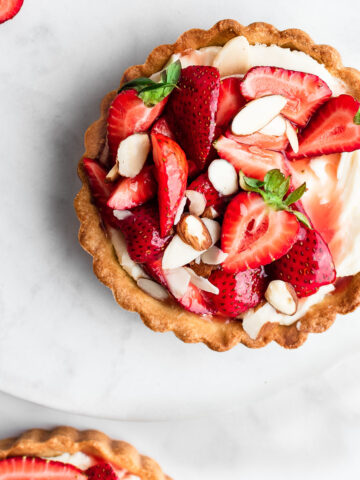
Mia says
how to make this without the einkorn and use whole wheat instead?
Angela says
I tried making these tonight & the dough was WAY too wet! I kept adding flour and never could get to kneading it without it sticking to the counter (even floured) and my hands. I checked my measurements several times to make sure I didn't do a wrong amount on an ingredient. Any idea what I didn't wrong?
Valeria says
I just made these little guys, they are delicious and so easy to make. Becoming a fan of the Einkorn cookbook 🙂
Leigh Huggins says
WOW! I just made these tonight and they're really delicious. Moist, crispy on the outside and chewy in the center. And I had no idea how they would taste. The wine adds a sweetness and an acidity that really compliments the nuttiness of the flour. I think this time around I put in a little too much olive oil, but I definitely like cookies on the chewier side. Thanks so much for the recipe, will definitely be making these again soon!
Connie says
The flour works great in Irish soda bread with or without currents. My biscuits are disappointing. I have mail ordered and bought it at Whole Foods. Definitely think a series of classes is needed before I can say it works as well as the conventional flours. However, I feel great eating my mistakes.
Leo Sigh says
I am amazed at the current American fad of being gluten-free as, unless you are one of the less than 1 percent of people who are allergic to it, there is nothing wrong with it. That being said, it's a fad that will eventually go away, just as every food fad originating in America has over the last few decades 🙂
Having said that, I would definitely try these as they look amazing. Although not sure I can find Einkorn here in Thailand.
Karen Capucilli says
I'm probably not going to make this particular recipe due to the challenge - but my husband is braver so I will pass on to him. i wanted to tell you I have made many other recipes from your blog and they are delicious. I also find your blog - with gorgeous photography and calm, simple design an oasis in my day. Thank you for that.
Sheila says
Hello Jenny - I'm wondering why the flour in this recipe isn't pre-soaked. Is the 30 minutes soaking in the fridge sufficient, or would overnight be better still?
Thank you
best wishes
Sheila
Jenny says
Hi Sheila, that's a good question. The bulk of grain's food phytate rest in the bran and germ. This is a high-extraction flour, which means that most of that bran and germ have been removed through sifting, akin to all-purpose flour, so there's no need to soak it. If you would like to make a whole-grain cookie, I'd encourage you to use a sprouted flour.
Sharon says
We use Einkorn straight from the bag and use it like regular flour. Works great in all of our recipes. We make all the traditional foods like my ancestors cooked. My mother did not soak grains and we were all healthy. It wasn't until we left the farm and starting eat different that our health declined. I buy the Einkorn that is already ground.
Chris says
Do all of the recipes soak or sour the einkorn or use high extraction flours only? I'd be disappointed to buy the book and find it full of einkorn that isn't "properly prepared". Thanks.
Janele says
Oooo must try this. Agree, Einkorn does have a learning curve. But the payoff is so so worth it....I can now eat bread etc. and not have my gut torn up for days. Thanks Jenny and Carla for the share!
Sheri says
I'm in the Pacific Northwest and growing Quinoa in my garden. I call on the Lords protection every day! Einkorn seeds? The search is on!
Elizabeth says
Thanks for this. I am going to see if I can find this grain in my local area. I went back and read your earlier post re: farro types and all of it is most helpful as I miss eating "wheat" type products. I was recently in Italy and notice there is a lot of farro products in the supermarket. Had I know this I would have checked to see if it said which type!